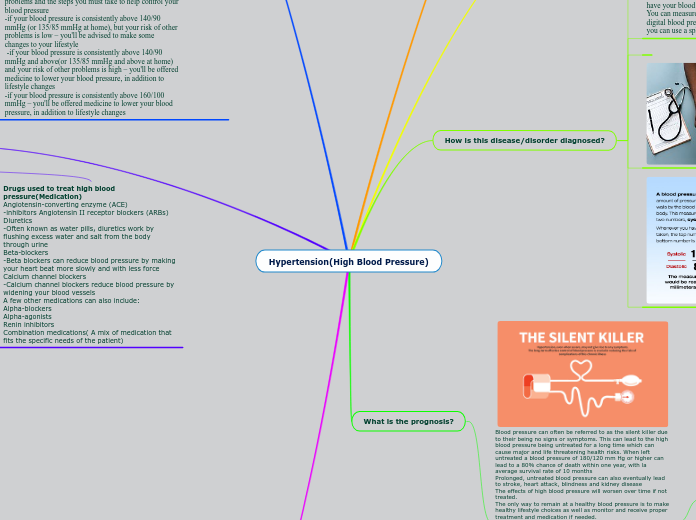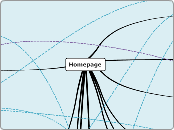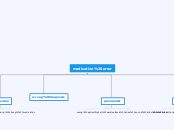af Tanzina Khondakar 3 år siden
755
Hypertension(High Blood Pressure)
Hypertension, also known as high blood pressure, is a condition where the force of the blood against artery walls is consistently too high. Though it cannot be completely cured, it can be effectively managed through lifestyle changes and medication.




![Cholera and public health reform 1830 - 75 [Britain] Cholera and public health reform 1830 - 75 [Britain]](/image/469ee2a99e664f8092260ebb2af75f23/cholera-and-public-health-reform-1830-75-britain.png)




